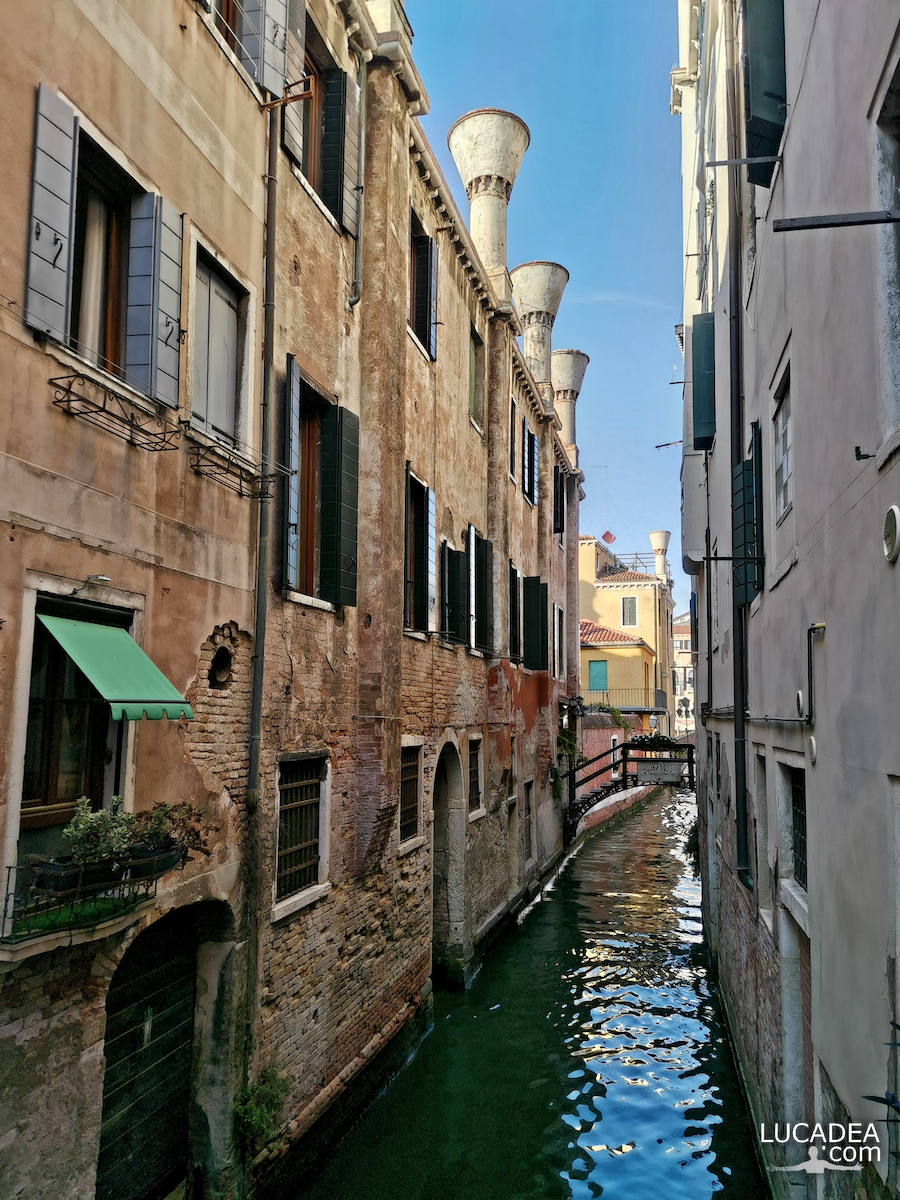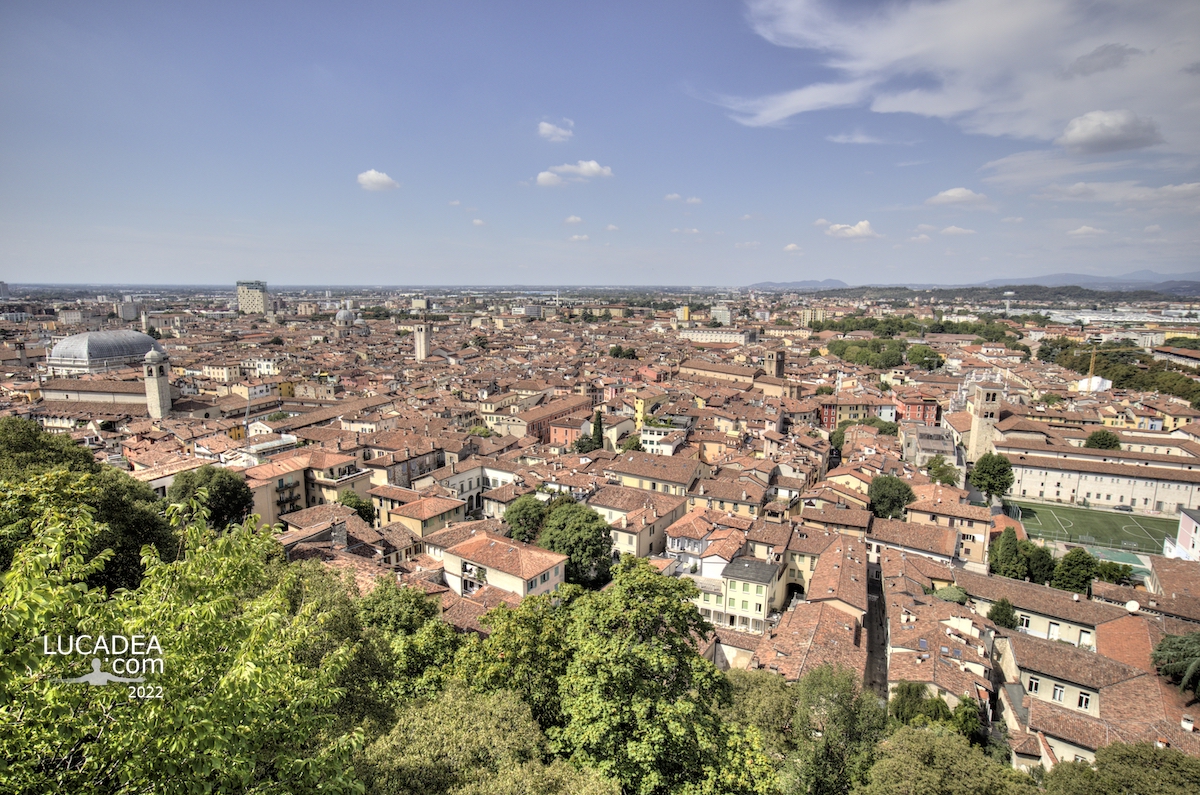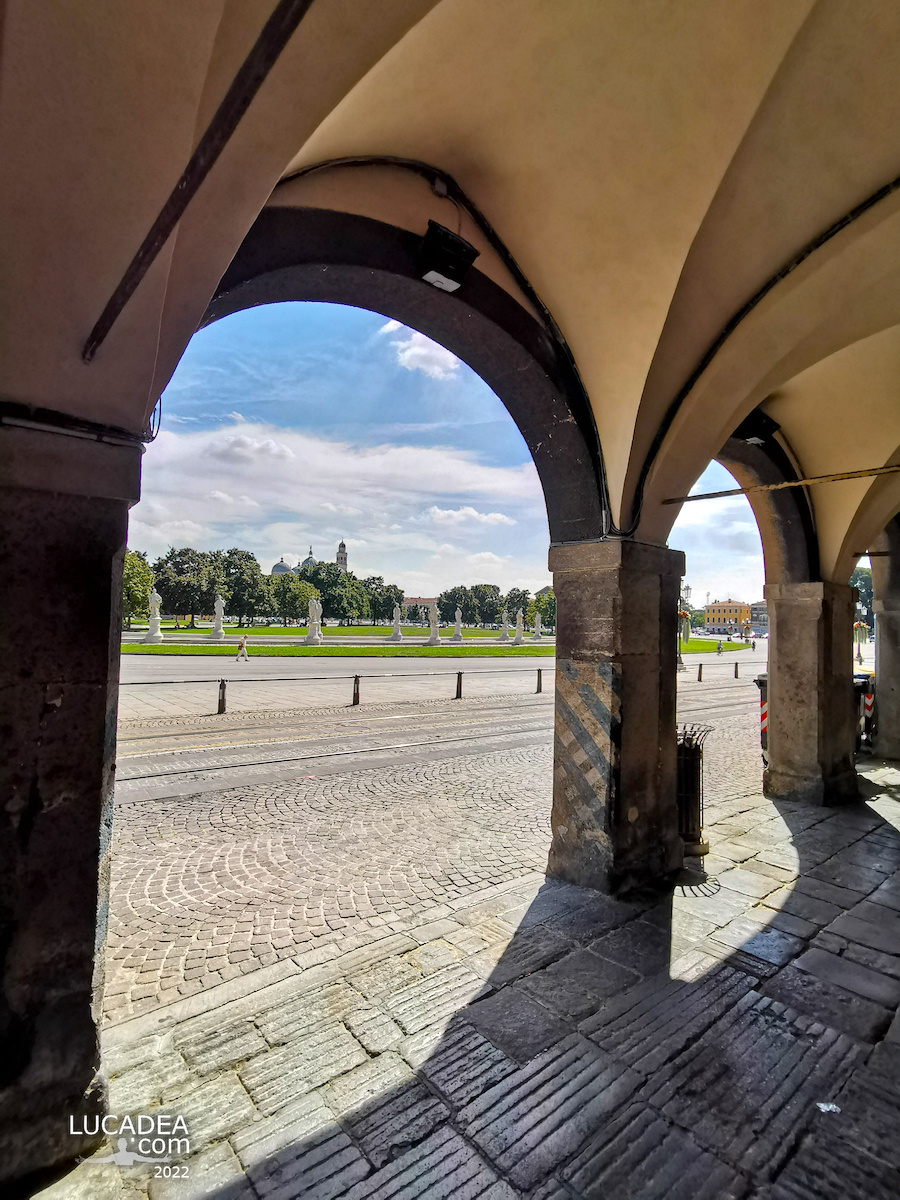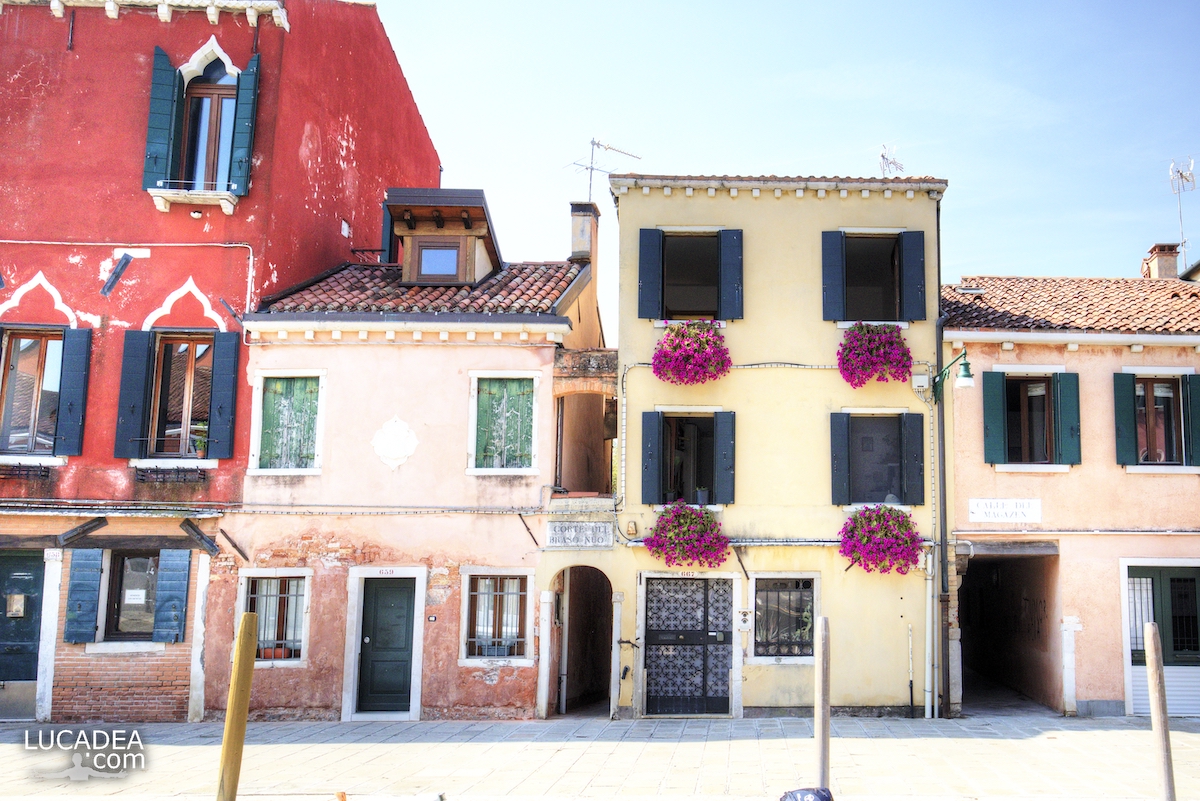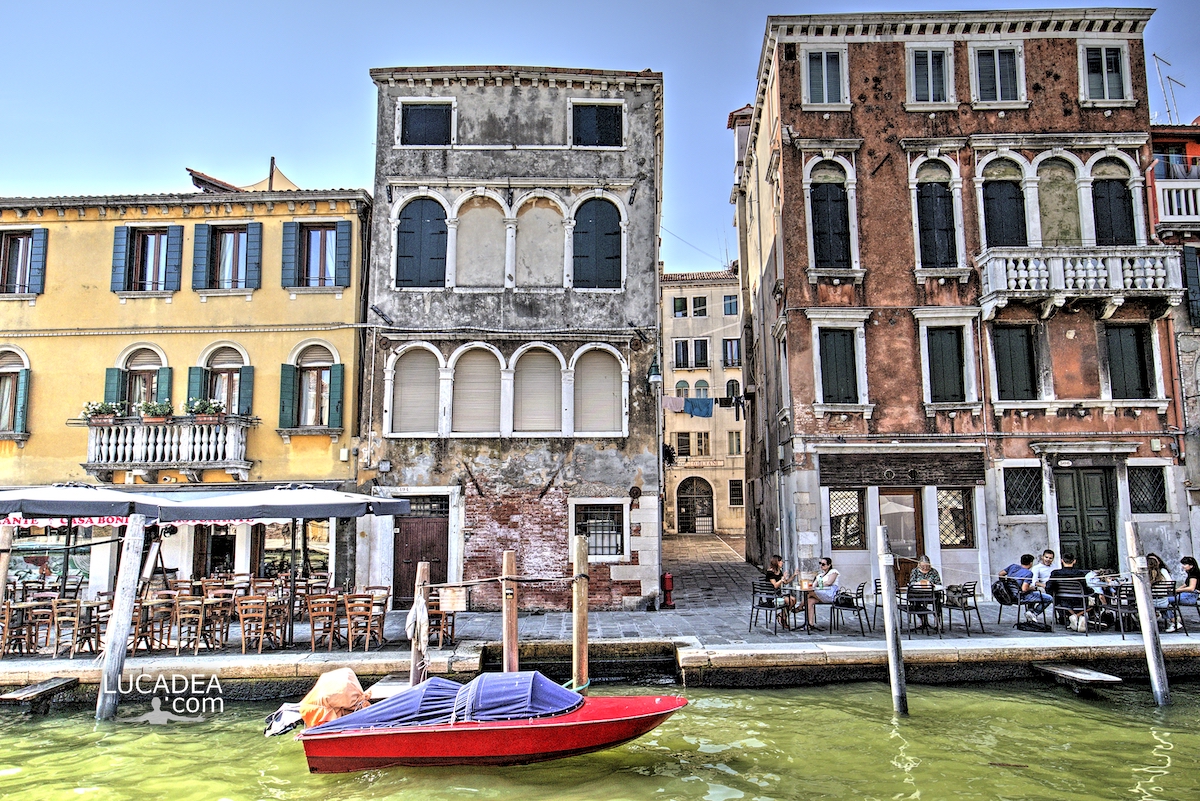The view of the medieval aqueduct of Perugia.
The aqueduct of Perugia (also called the Medieval Aqueduct of the Fontana Maggiore) represents one of the most significant works of medieval engineering in Italy. Built between the 13th and 14th centuries, it played a crucial role in the water supply of the city, contributing to urban development and the well-being of its inhabitants. Today, the aqueduct is a historical monument of great tourist and cultural interest.
The construction of the Perugia aqueduct began in 1254 and was completed in 1280. The work was commissioned by the Municipality of Perugia to respond to the growing need for drinking water, essential for an expanding city. The aqueduct exploited the springs of Monte Pacciano, located about 5 km west of the city, and transported the water to the city center through a system of canals, bridges and pipes.
The route of the aqueduct was partly underground and partly elevated, with a section that crossed the old city on stone arches. This visible part, which winds through the historic center, is today a charming pedestrian walk that allows you to admire panoramic views of the city and the surrounding landscape.
The Perugia aqueduct was an advanced engineering feat for its time. Built mostly of local stone, it used a gravity system to carry water from its springs to the city. The slope was precisely calculated to ensure a constant and regular flow, avoiding stagnation and leaks.
The arches, carefully constructed to withstand the stresses of time, are one of the most characteristic elements of the route. The most famous stretch is the one that passes through the village of Porta Sole, where the aqueduct runs on a row of arches that offer a breathtaking view.
The aqueduct not only guaranteed the water supply, but also had an important social and symbolic function. It represented the power and efficiency of the Municipality of Perugia, a political entity that asserted itself thanks to its ability to manage vital resources such as water.
During the Renaissance and up to the modern age, the aqueduct remained in use, undergoing various maintenance and renovation interventions. Even today, some of its parts are integrated into the modern water system of the city.
Today, the Perugia aqueduct is a popular tourist route. The pedestrian path that follows the ancient route of the aqueduct is known as “Via dell’Acquedotto” and offers a peaceful and scenic walk through the historic center and surrounding green areas.
Along the way, you can observe several points of interest, including ancient fountains, remains of cisterns and segments of the original conduits. In addition, the walk offers a unique perspective on the urban structure of Perugia, with its narrow streets, stairways and medieval houses.
The aqueduct is an extraordinary testimony to medieval engineering and the value that water management had for the cities of the time. Today, in addition to being an important tourist attraction, it represents a historical and cultural heritage of inestimable value, a symbol of the human ability to adapt the environment to their needs without compromising the beauty and integrity of the landscape.
Through its conservation and enhancement, the aqueduct continues to tell the story of Perugia, a city that has been able to grow and prosper thanks also to the wisdom and foresight of its ancient inhabitants.
Have you ever visited Perugia?
Add your own comment or go to the bottom of the site to read what other visitors have written.
Photo taken with Canon EOS RP and lens Canon RF 24-50.
To see all the photos of Perugia, click here:

Here's where I took the photo from:
The medieval aqueduct of the Fontana Maggiore is a medieval aqueduct located in the city of Perugia. The aqueduct, more than 4 kilometers long, was built to bring water to the Fontana Maggiore. Historically less highlighted than the fountain and considered as its poor relative, it was nevertheless a work of great historical importance and of extraordinary daring for the time.
Continue and learn more on Wikipedia
The view of the medieval aqueduct of Perugia – La vue de l’aqueduc médiéval de Pérouse – La vista del acueducto medieval de Perugia. – A vista do aqueduto medieval de Perugia – Der Blick auf das mittelalterliche Aquädukt von Perugia – Quang cảnh cống dẫn nước thời trung cổ của Perugia
The text of the post was written with the help of ChatGPT, a language model from OpenAI.








